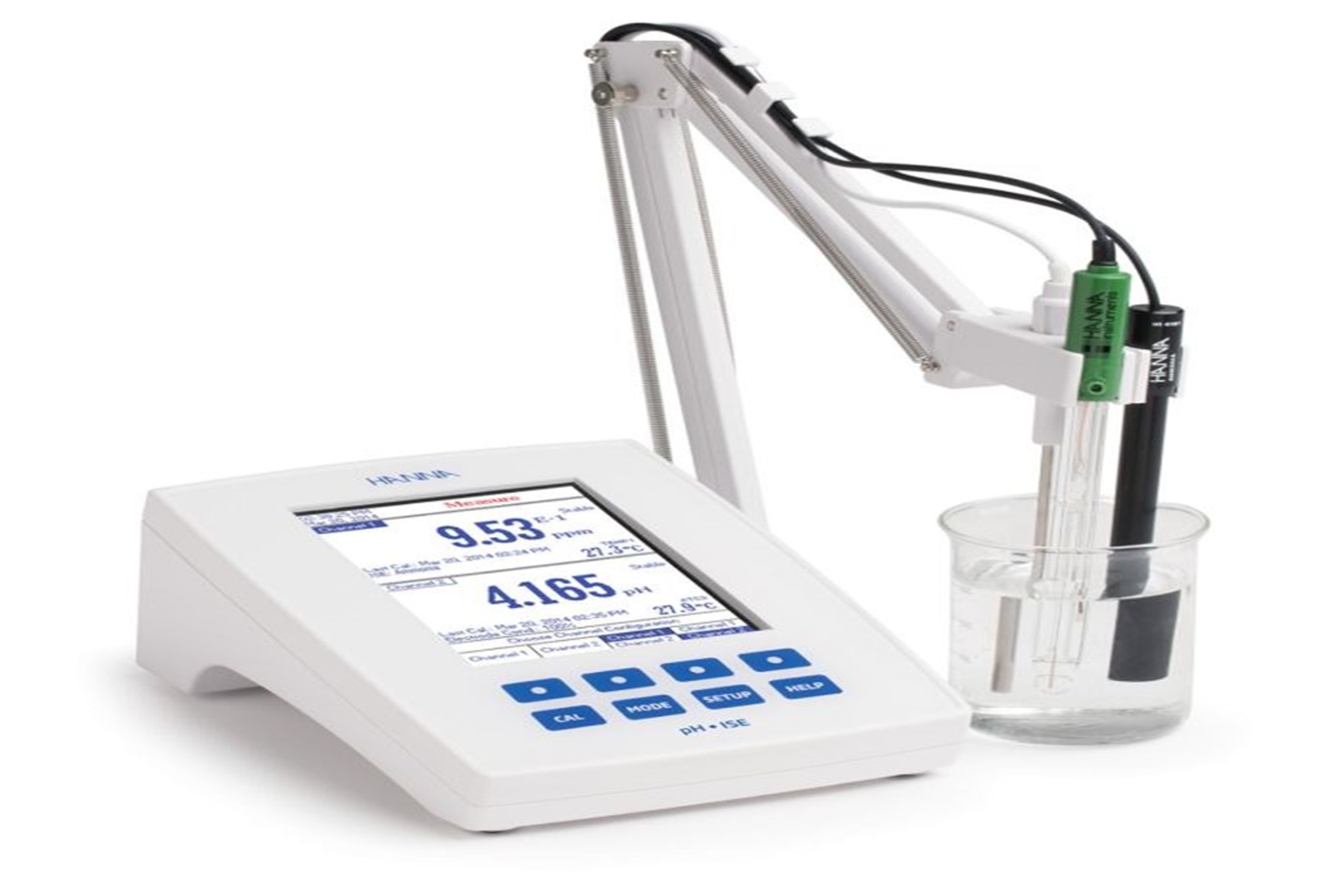The Necessity of Daily Calibration
-
Electrode Stability: A pH meter electrode gradually loses its accuracy over time due to contact with chemicals, temperature changes, or drying out. Daily calibration compensates for these drifts.
-
Impact of Environmental Factors: Temperature fluctuations, electrode contamination, or improper storage (such as drying out) can affect measurement accuracy.
-
Quality Standard Requirements: In industries like pharmaceuticals (GMP) or ISO-certified laboratories, regular calibration is mandatory to ensure results comply with regulations.
-
Preventing Critical Errors: In areas like food quality control or drinking water monitoring, a small error in pH measurement can lead to product spoilage or health hazards.
Steps for Daily Calibration
-
Preparation of Buffer Solutions: Use standard buffer solutions (typically pH 4.00, 7.00, and 10.00) to create a calibration curve.
-
Rinsing the Electrode: Rinse the electrode with deionized (or distilled) water to remove any residue from the previous solution.
-
Initial Calibration (Zero Point): Place the electrode in a neutral buffer (pH 7.00) and calibrate (adjust) the device.
-
Second and Third Point Calibration: Depending on the required measurement range, use an acidic buffer (pH 4.01) or an alkaline buffer (pH 10.01).
-
Accuracy Verification: After calibration, test the device with a different buffer to verify the accuracy of the settings.
-
Electrode Storage: After use, store the electrode in a storage solution (such as 3M KCl).
Consequences of Not Calibrating
-
Data Errors: Inaccurate measurements can lead to incorrect decisions in industrial processes or research.
-
Financial Costs: In the food or pharmaceutical industries, a pH error can cause the rejection of entire production batches.
-
Legal Problems: Failure to comply with quality standards can result in fines or the loss of certifications.


